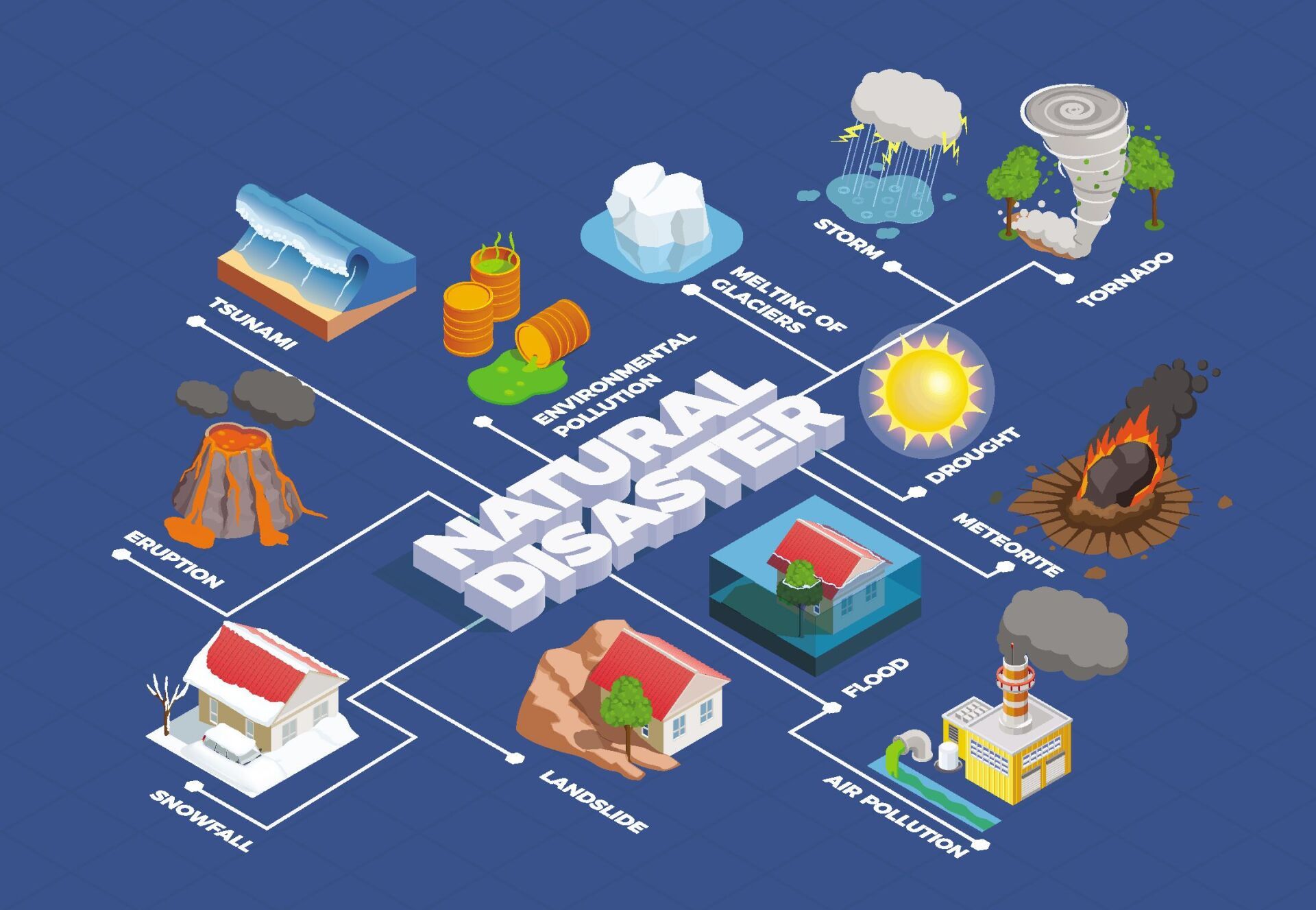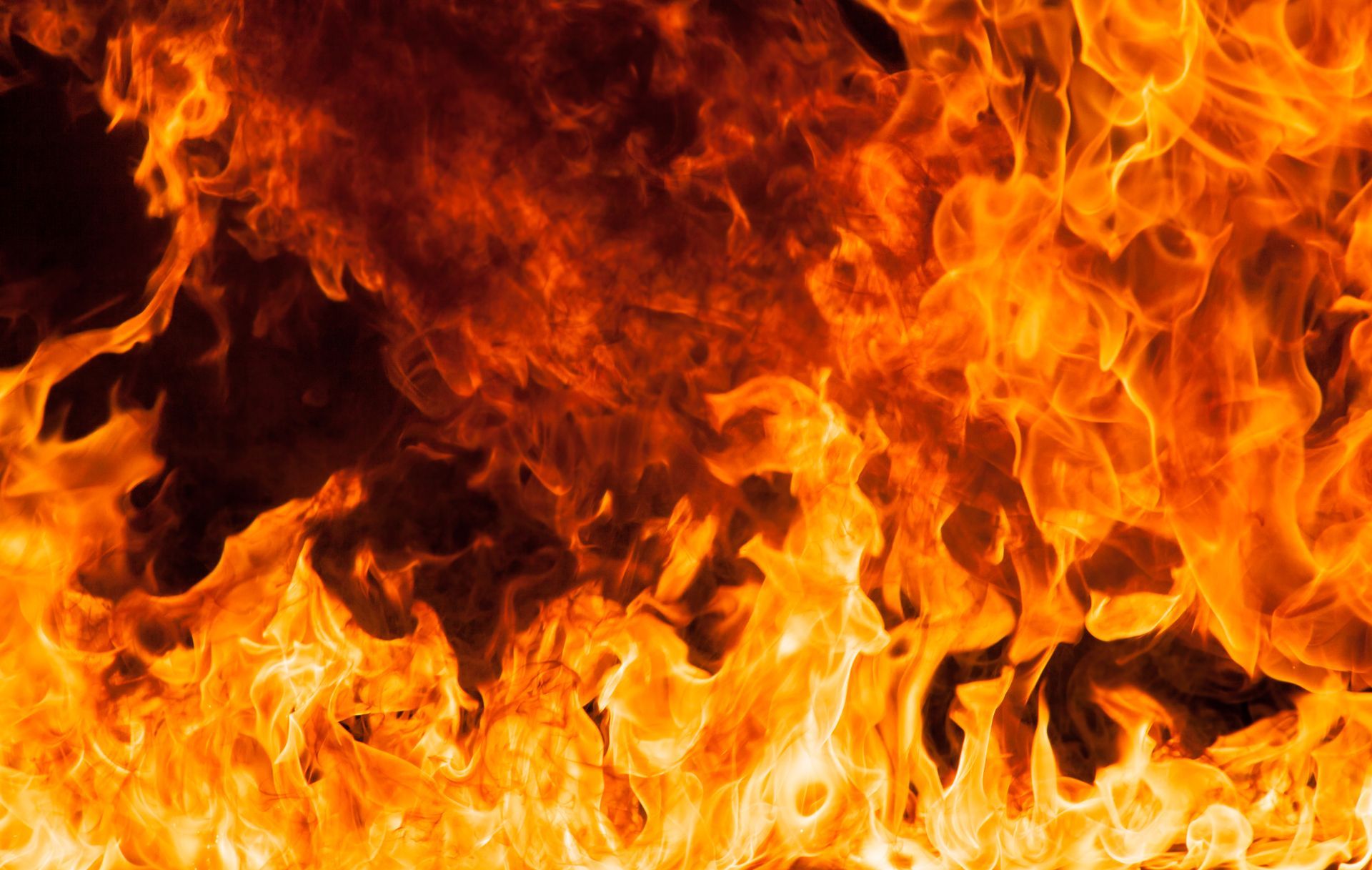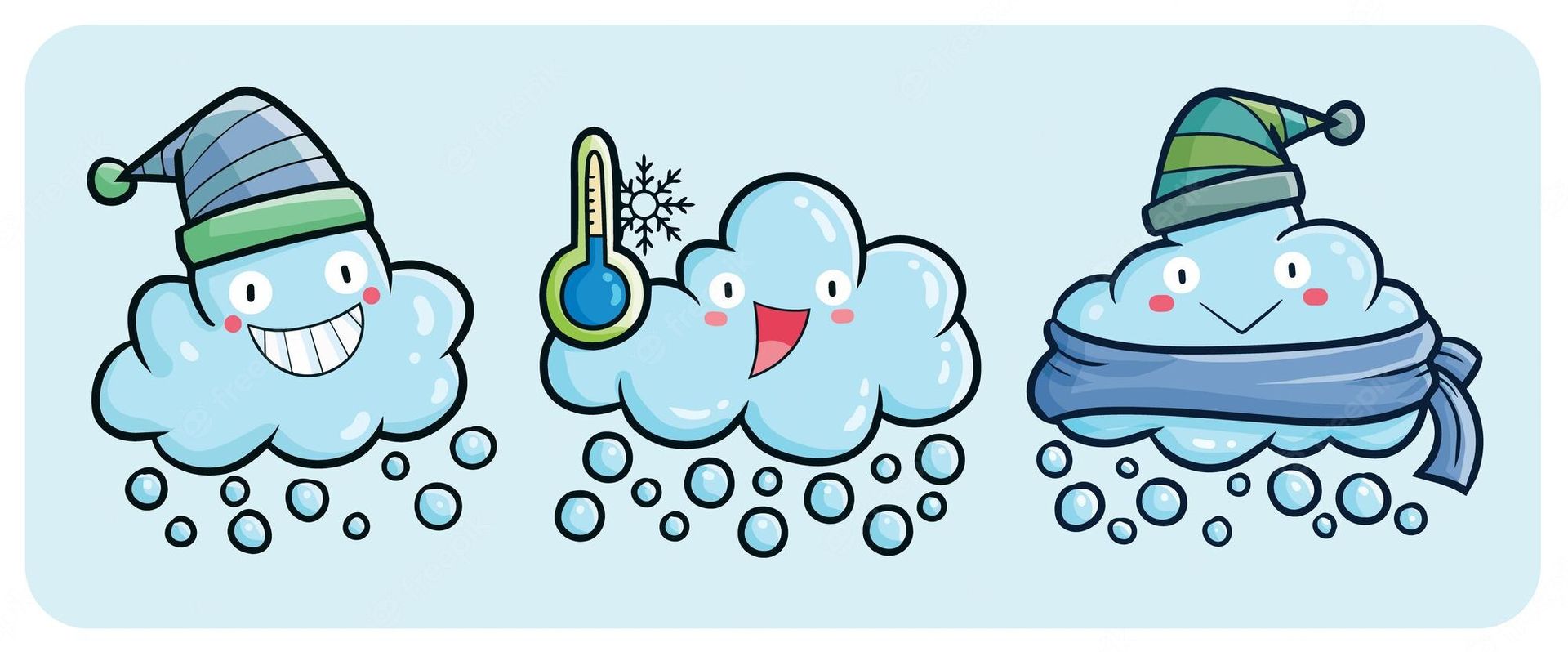Natural Disasters
Natural Disasters- Towson, MD

A catastrophic calamity, such as an earthquake, tornado, or hurricane, may swiftly sweep across an entire community. Thousands of people may be murdered, and tens of thousands more may be injured or traumatized as a result of the loss of friends, family, and homes. Unfortunately, natural calamities are becoming more prevalent. It is critical to be prepared. Having well-thought-out emergency plans might be the difference between life and death.
Some natural calamities, such as lightning strikes, house fires, and windstorms, can strike anywhere. Others, such as earthquakes and hurricanes, are more prevalent in certain areas.
Many of us in the United States may be affected by natural catastrophes. Here are some facts about each of these calamities, as well as advice on what to do when faced with the unavoidable.
The following are examples of natural disasters:
Tornadoes and Severe Storms- Tornadoes arise as a result of violent thunderstorms that resemble swirling, funnel-shaped clouds. They are strong winds that average 30 miles per hour that extend from a thunderstorm to the ground. They can go at speeds ranging from 0 to 70 miles per hour. Tornadoes may strike quickly and unexpectedly, leaving individuals in impacted areas barely enough time to take shelter.
When dealing with severe thunderstorms that have the potential to turn into tornadoes, it is essential to be cautious. Bring your family underground into the basement or seek refuge to wait out the storm. Because tornadoes may deteriorate quickly and are unpredictable, it is important to be prepared and wait it out somewhere safe.
Hurricanes and Tropical Storms- Hurricanes are tropical storms that form in the southern Atlantic, Caribbean, Gulf of Mexico, and eastern Pacific oceans. Hurricanes affect millions of people who live along the Atlantic and Gulf of Mexico coasts each year. Hurricanes may cause tornadoes, floods, and strong winds in portions of the Southwest United States and the Pacific Coast.
Hurricanes have a bit more warning, allowing you to be significantly better prepared. Prepare your house by stocking up on bottled water and canned meals for 3-4 weeks in case your neighborhood experiences long-term power outages. Clear your outside space of any loose items that might become a fly objects. Know where your window shutters are and make sure they have all the blots required to fasten them to the windows. Prepare to wait out the storm or follow your county's evacuation preparations.
Floods- One of the most common natural catastrophes in the United States is flooding. They form when normally dry earth becomes saturated with water. Floods are triggered by a number of events, such as hurricanes and tropical storms, broken dams or levees, and flash floods that occur minutes or hours after heavy rain.
Although floods are more prevalent along the coast, particularly during hurricane season, they can occur anywhere and range in quantity and length. Even little streams, gullies, and creeks that look harmless in dry times can flood.
Floods cause varying degrees of physical devastation, with some destroying everything in their path, including buildings, bridges, autos, and even persons who may be stranded or wading in water.
With the United States experiencing some of the longest and worst droughts in decades, flooding will become significantly more common for many of us. Flood preparation begins long before the first drop of rain falls. The easiest approach to prepare for a flood is to inspect your property for any potential leaks or entry points for extra water and get them repaired by a local restoration company. The following and most critical step is to contact your insurance company and review your flood insurance plans. If they do not cover floods, it may be time to upgrade your policy.
Wildfires- Wildfires are usually ignited by lightning or by accident and are first undetected. They spread quickly and are especially dangerous if they exist near woodlands, rural areas, isolated mountain areas, or other woody habitats where humans live. While they are not as commonly reported as floods, tornadoes, and severe storms, they can nonetheless cause emotional distress in individuals who live in affected areas.
Wildfires are on the rise as droughts become more often and more severe. The easiest method to prepare for a wildfire is to clear as much brush and foliage as possible around your property. This will assist to slow the fire and give your house a fighting chance. Prepare to remove your family and pets from your house within hours. Keep an eye out for any information or instructions from your local fire department, state government, or county officials.
Winter Storms- Winter storms may have devastating effects on homes and their owners. Throughout the winter, their effects might have varied effects. Some winter storms may bring a lot of heavy snow, fidgety temperatures, and ice pouring into places.
It is better to prepare for the winter season before it arrives. Prepare warm blankets, clothes, and preserved meals. Some of these storms can create extensive power outages that last for days or weeks, so be as prepared as possible. Do not wait until the storm has passed to prepare your supplies.
Natural catastrophes are unforeseeable, but we are a restoration company that is available 24 hours a day, seven days a week. Restoration 1 of Towson will provide emergency services for water damage, fire and smoke damage, mold removal, and natural disaster recovery in a quick and trustworthy manner.
So, when Mother Nature calls this year, you can count on us! Call us at any time or visit our services page to discover more about how we can help you restore your home, business, and personal goods to pre-loss condition.












